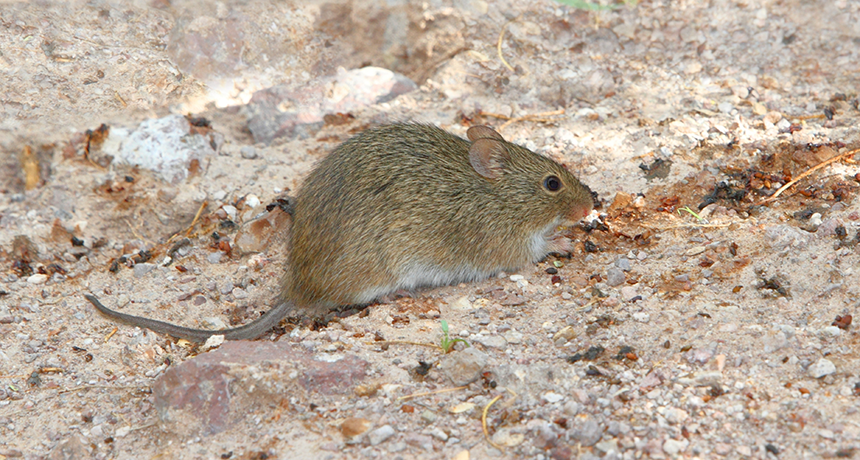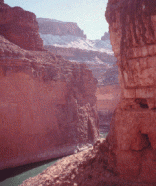Rodent rubbish as an Ice-Age thermometer
Fossilized garbage piles left behind by pack rats provide clues about temperatures long ago.

Pack rats, like this white-throated woodrat, have a habit of gathering wood, cactus parts, stones, bones, and other items to build their piles.
SteveByland/iStockphoto








